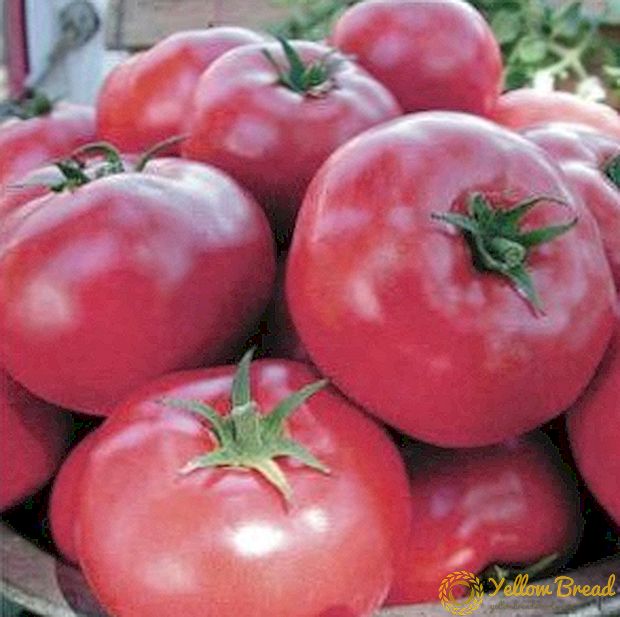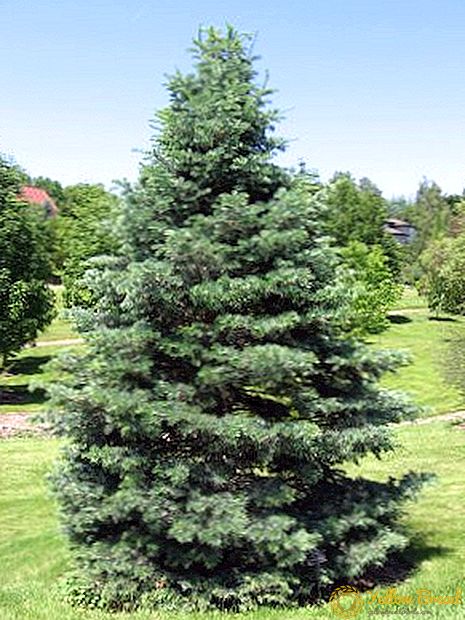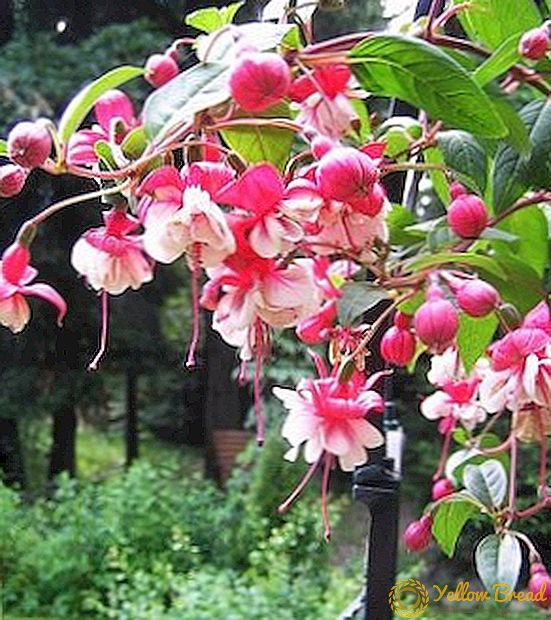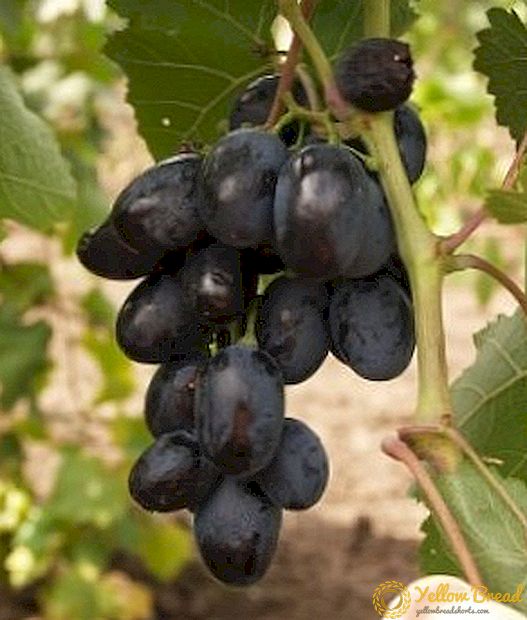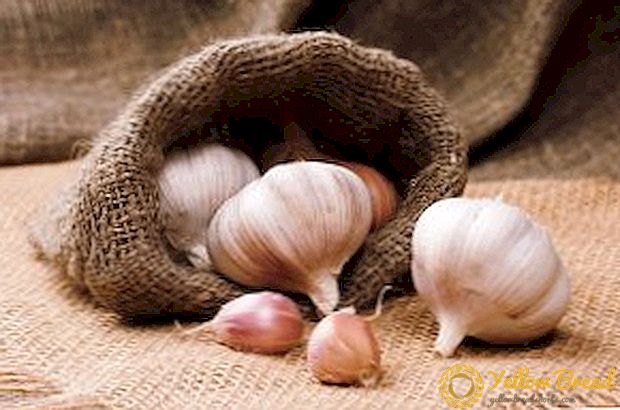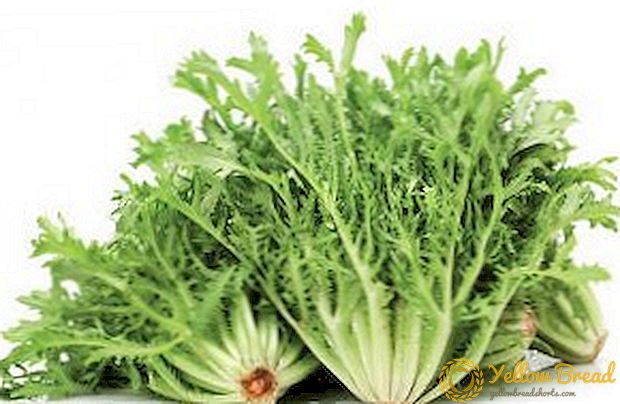 Gone are the times when the greens in the gardens were represented only by dill and parsley. The current assortment is much wider, and the varieties offered in the markets are able to satisfy any gourmet. Moreover, many of them can help in the treatment of a number of diseases. We learn more about one of these plants, drawing attention to the endive line salad.
Gone are the times when the greens in the gardens were represented only by dill and parsley. The current assortment is much wider, and the varieties offered in the markets are able to satisfy any gourmet. Moreover, many of them can help in the treatment of a number of diseases. We learn more about one of these plants, drawing attention to the endive line salad.
- Description
- Nutritional value and calorie
- Chemical composition
- What is the use?
- In treatment
- In cosmetology
- In nutrition
- Culinary application
- Harm and contraindications
Description
Valuable plant came to us from India, "transit" through the Mediterranean. Another name is salad chicory.
Indeed, it is very similar to lettuce, and this similarity is enhanced by the curly leaves of a rich green color. But if you take a closer look, it turns out that endive has a slightly different “decoration” of the leaf, moreover, they are not as wide and separated as those of lettuce.
The markets most often come across representatives of two varieties - curly and broadleaf. The medium-sized (up to 12 cm) coaches are quite neatly pressed and stand out in a light green tone.
More rarely, there are leaves and cobs of yellow, burgundy and red flowers indicating that they belong to more exotic, purely Mediterranean varieties. 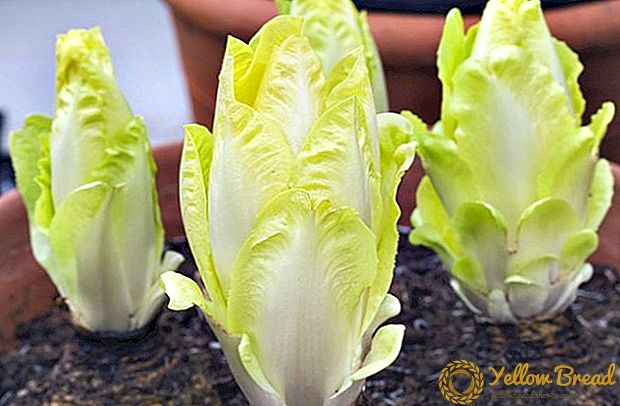
The taste of the leaves is bitter. Perhaps that is why this culture has not yet become a mass in our latitudes. Difficulties adds a kind of care for such plantings. On the other hand, due to its composition, endive has a number of useful properties.
Nutritional value and calorie
Raw leaves are among the low-calorie foods - in a 100-gram serving only 17 kcal. This is only 1.19% of the daily requirement. The same amount accounts for:
- 3.4 g fat;
- 3.1 g dietary fiber (mostly fiber);
- 1.3 g of protein;
- only 0.2 g of fat;
- 93.79 g of water.
It is not surprising that they try to include salad chicory in the diet menu. It gives maximum benefit with a minimum load on the gastrointestinal tract, besides it is harmless to the vascular pathways. 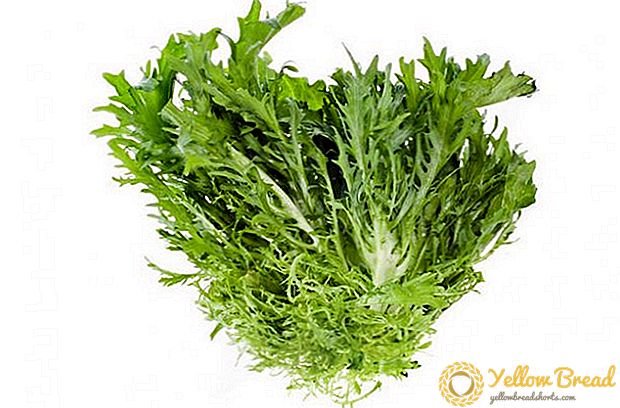
Chemical composition
These leaves compare favorably with other greens with a high content of vitamin A. In addition, they are saturated:
- B vitamins; among them we note B1 (thiamine), pantothenic acid (B5) and pyridoxine (B6);
- vitamin C;
- basic minerals (iron, potassium, copper, manganese);
- calcium
- carotene;
- phosphorus;
- sulfur and chlorine, which are present as trace elements.
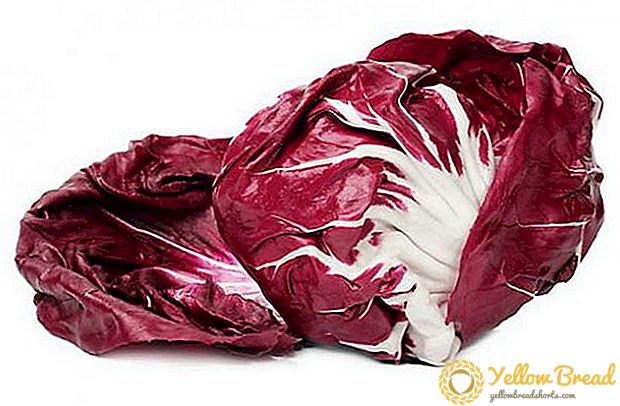
The list is impressive, but there is another useful component, namely insulin. Its content in the leaves is not too high, but in the roots the concentration reaches 55-60%. For people suffering from diabetes, this can be a great help.
What is the use?
The abundance of useful minerals and acids greatly expands the scope of application of this culture. In addition to gastronomy, it is widely used for weight loss, in cosmetology and as a medicine. With the last "hypostasis" and begin.
In treatment
The leaves most often serve as the basis for various decoctions and tinctures, although even simple fresh ones have enviable healing properties. 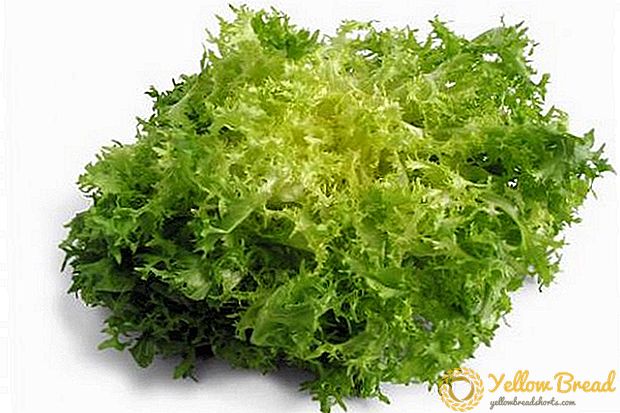 All these compounds can be used to treat such diseases:
All these compounds can be used to treat such diseases:
- Anemia and hypertension. Juice tones blood vessels and normalizes bleeding. For the best effect, add pressed parsley and celery.
- Asthma The attacks gradually fade away if you mix the juice with the celery juice and regularly take the mixture.
- Glaucoma. Mixing the ingredients in equal proportions and adding to them a spinach-carrot mix, you will restore your eyesight in a few months. And daily single intakes (no more than 180 ml) for prophylaxis will exclude the possibility of "eye" problems.
- Diabetes. Due to the insulin contained in the roots, you can significantly "bring down the sugar." In some cases, the plant can even replace injections (of course, if the attending physician approves it).
- Constipation. Gently digestible retina restores patency. To do this, just eat a couple of leaves, drinking them with carrot juice.
- Stagnation of bile and "failures" in the secretion of the liver. In this case, the juice of endive acts as a catalyst, accelerating the process of cleaning the main lines. For this is responsible enzyme intibin.
- Cancer. Regular intake of juice meets the body's need for vitamin A, which prevents the formation of cancers in the lung and rectum. He is also “afraid” of blastomas and melanomas that occur in the mouth and bladder.
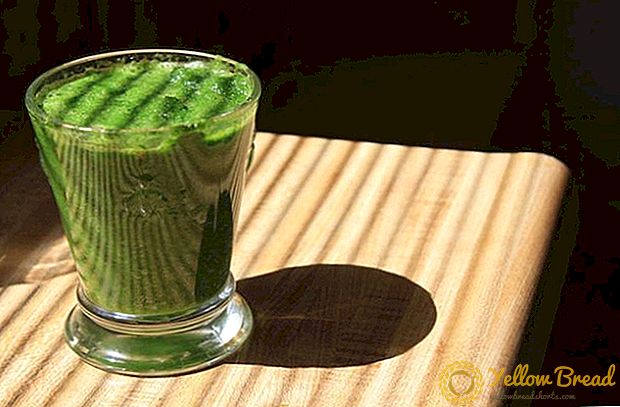
In cosmetology
Healing "abilities" of this variety are used by cosmetologists. This is due to the fact that the juice itself is able to “accelerate” the blood, thereby improving metabolism and normalizing the nutrition of the dermis.
In addition, this liquid perfectly tightens small wounds, helps to fight the rash, effectively removes acne. The method of administration may differ - it depends on the state of human health and, in fact, the nature of the cosmetic problem.
If the body is somewhat weakened (for example, by stress), then begin with the internal use of juice. For a healthy person, suddenly faced with the appearance of acne or blackheads, enough for a short course of "lotions" or compresses.
In nutrition
We already know about the low calorie endive. This fact made it possible to use it at any stage of the diet. It can be added to salads and side dishes, or you can simply “grind” as a separate dish. 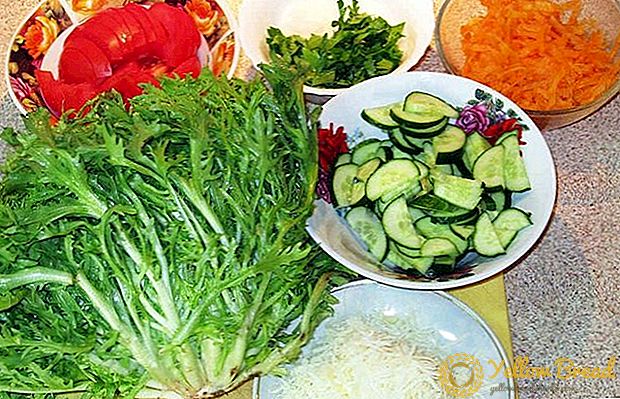 Nutritionists note that the plant is perfectly absorbed by the body, acting on the principle of "maximum benefit with minimum harm." So it is - not “filling” the stomach with calories, this product supplies it with fiber, which normalizes its work.
Nutritionists note that the plant is perfectly absorbed by the body, acting on the principle of "maximum benefit with minimum harm." So it is - not “filling” the stomach with calories, this product supplies it with fiber, which normalizes its work.
By the way, 100 g of this salad contains 8% of the daily value of this fiber. Another feature - the "watery" leaves not only provide a whole range of useful substances, but also contribute to a more active removal of fluid.
Such arguments are enough to include salad chicory in the diet program. The result will be noticeable after 2-3 weeks of admission.
Culinary application
Gourmets are well aware of the brand "bitterness", which is famous for endive. All parts of the plant are suitable for preparing different dishes - both the leaves and the roots. But there is one nuance that is worth remembering. The so-called external (they are also the oldest) leaves are considered the most bitter, it is better to cut them off immediately - busting to nothing.
Young leaves are used for the preparation of various kinds of salads. To get a milder taste, they are a little seasoned with a mixture of olive oil and lemon juice.
The resulting dish will perfectly complement the meat, baked on the grill or "wrapped" in foil. By the way, some replace it with the same leaflets - with prolonged heat treatment, the bitterness goes away.
Not bad and a side dish, complementary fish dishes. But the combination with other seafood is already an amateur (a small bitterness can "bring down" their delicate taste).
Endive and vegetarians, who add it to soups and green casseroles, are noticed.Experienced housewives easily "let" the leaves on sauces or dressings. 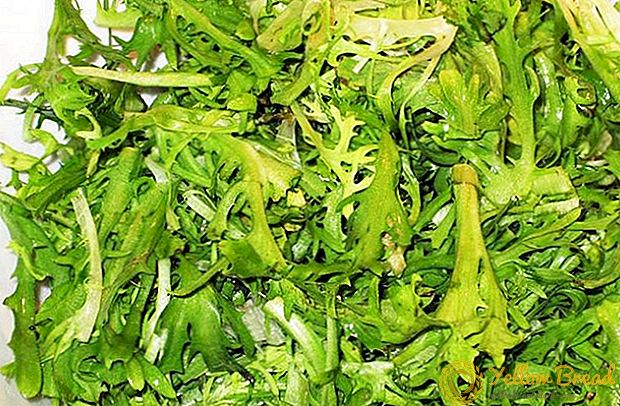
Harm and contraindications
Salad chicory, as you have seen, brings many benefits, but in the pursuit of efficiency, you should not forget about the possible harm.
Strictly speaking, the risk of complications is quite small. With a moderate reception for any purpose (be it treatment or weight loss), this culture is not capable of causing significant damage.
A high concentration of vitamin A indicates that taking the leaves in food is incompatible with smoking and drinking.
If you do not get rid of such habits, you will at least have to withstand at least a 6-hour interval ("before" and "after").This simple rule will save from unpleasant consequences and complications. 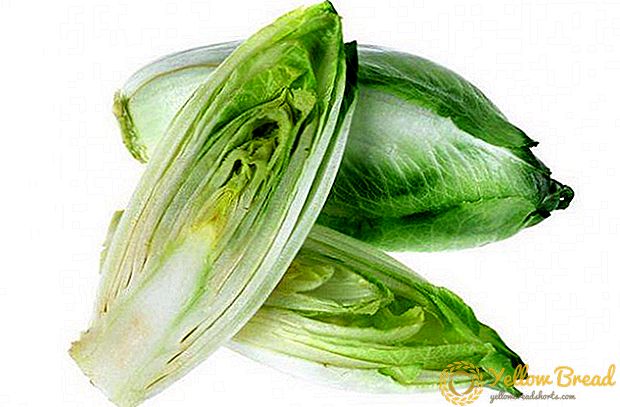
You have learned what endive is and where this plant can be applied. We hope that culinary experiments (as well as other ways to use it) will only benefit. Health and more "tasty" moments in life!

